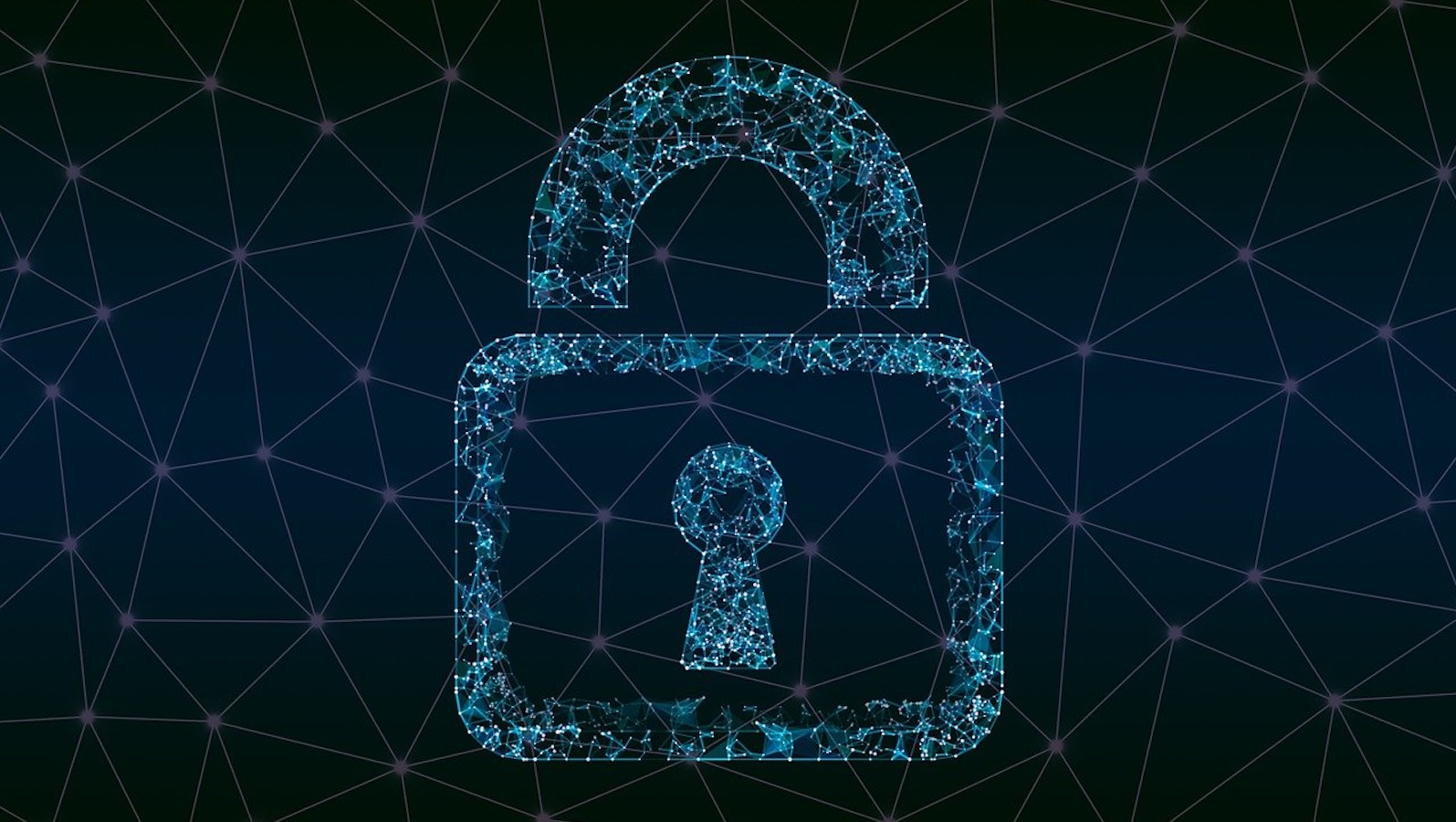Growth in the cyber insurance market has recently occurred at warp speed, with more than
60 companies writing in the U.S. alone and with market premiums amounting to approximately
$2.5 billion annually. The impressive year-over-year growth is expected to continue into the foreseeable future, with a variety of estimates placing market premium between
$7.5 billion and
$20 billion by the end of 2020.
This impressive premium growth is because of several factors — perhaps most notably, reporting of the various types of cyber attacks in the news on a regular basis, driving both awareness and fear. Not surprisingly, cyber risk has become a board-level concern in today’s increasingly connected world. Additionally, recent growth of the Internet of Things has given rise to the
seemingly infinite number of attack vectors affecting every industry. Individuals and entities of any size, spanning all regions of the world, are potential victims.
The apparent need for new apps and devices that link to one another without focus toward security of those apps or devices gives reason to worry. It also creates an immediate need for a suite of security analytics products that helps insurance companies write cyber insurance more confidently.
State of Data
Actuaries are creative and intelligent problem solvers, but this creativity and intelligence is tested thoroughly when pricing cyber insurance. Actuaries still need the same suite of products used within any other catastrophe-exposed lines of business, but there are many challenges and complications with respect to cyber insurance that make this a particularly difficult task. That is, we still need an underwriting tool, an individual risk-pricing tool and a catastrophe-aggregation model, but certain aspects of these tools vary significantly from what we’ve seen in the past or have grown accustomed to as actuaries.
Data lies at the center of any actuarial project, but data in this space is very limited for a number of reasons. To consider why this is the case, let’s take a step back and consider the wider context. We first want to think about both how to define the cyber peril and what types of attacks are possible.
Risks could lie anywhere between smaller attacks on individuals involving brute-force attempts to steal credentials and conduct identity theft; and state-sponsored attacks on another government entity involving both physical damage and theft of critically sensitive intelligence. We may see malware deployed on a commonly used piece of software or hardware at a massive scale; infrastructures or processes taken down using denial of service; or a breach of a popular database or platform that affects many entities simultaneously.
Many of the attack variants in this hypothetical list have never happened, and some may never happen. Even within those that have happened, information pertaining to the breach — both in terms of the attack specifics used or the actual dollar impact of the attack — is hard to come by.
Several third-party data sources are currently available, but they tend to concentrate primarily on those pieces of data or attack types that are most accessible — particularly data breach and privacy violation claims. This, naturally, is a very small subset of what we need to price for as actuaries.
Unfortunately, there is fairly loose regulation around the reporting of different types of attacks. Even within the data breach family, there exists tremendous
lack of standardization across states with respect to reporting. Criteria for whether a report is required may include whether the data is encrypted, how many people were actually affected by the breach and the type of data stolen (PHI, PII, PCI, etc.).
See also: How Actuaries Can Be Faster, More Efficient
External research can be done on public sources to find the aggregate amount of loss in some cases, but there is little to no incentive for the breached entity to provide more information than is absolutely required. Thus, while we want to price data breach events at a very granular level, it’s often difficult to obtain dollar figures at this level. For instance, a data breach will lead to several costs, both first party and third party. A breached entity, at minimum, will likely have to:
- Notify affected customers;
- Offer credit monitoring or identity-theft protection to those affected;
- Work with credit card companies to issue new credit cards;
- Foot bills associated with legal liability and regulatory fines; and
- Endure reputational damage.
It’s impractical to assume that a breached entity would find it attractive to publicize the amount lost to each of these individual buckets.
Worse, other events that either don’t require reporting or have never happened clearly give us even less to work with. In these cases, it’s absolutely critical that we creatively use the best resources available. This approach requires a blend of insurance expertise, industry-specific knowledge and cyber security competence. While regulation will continue to grow and evolve — we may even see standardization across both insurance coverages offered and reporting requirements by state or country — we must assume that in the near future, our data will be imperfect.
Actuarial Challenges
Though many companies have entered the cyber insurance space, very few are backed by comprehensive analytics. Insurers eager to grab market share are placing too much emphasis on the possibility of recent line profitability continuing into the future.
The problem here is obvious: Cyber insurance needs to be priced at a low loss ratio because of catastrophic or aggregation risk. Once the wave of profitability ends, it could do so in dramatic fashion that proves devastating for many market participants. The risk is simply not well understood across the entirety of the market, and big data analytics is not being leveraged enough. In addition to the glaring data and standardization issues already discussed, actuaries face the following eight key challenges:
1. No Geographical Limitation
On the surface, the cyber realm poses threats vastly different from what we’ve seen in other lines of business. Take geography. We are used to thinking about the impact of geography as it pertains to policyholder concentration within a specific region. It’s well understood that, within commercial property insurance, writers should be careful with respect to how much premium they write along the coast of Florida, because a single large hurricane or tropical storm can otherwise have an absolutely
devastating effect on a book of business. Within the cyber world, this relationship is a bit more blurry.
We can no longer just look at a map. We may insure an entity whose server in South Africa is linked to an office in Ireland, which, in turn, is linked to an office in San Francisco. As existing threat actors are able to both infiltrate a system and move within that system, the lines drawn on the map have less meaning. Not to say they’re not important — we could have regulatory requirements or data storage
requirements that differ by geography in some meaningful way — but “concentration” takes a different meaning, and we need to pay close attention to the networks within a company.
2. Network Risk From an External Perspective
In the cyber insurance line, we need to pay attention to the networks external to an insured company. It’s well documented that Target’s data breach was conducted through an
HVAC system. By examining Target’s internal systems alone, no one would have noticed the vulnerability that was exploited.
As underwriters and actuaries, we need to be well aware of the links from one company to another. Which companies does an insured do business with or contract work from? Just as we mentioned above with apps and devices that are linked, the network we are worried about is only as strong as the weakest link. Another example of this is the recent attacks on a
Bangladeshi bank. Attackers were able to navigate through the SWIFT system by breaching a weaker-than-average security perimeter and carrying out attacks spanning multiple banks sharing the same financial network.
3. Significance of the Human Element
Another consideration and difference from the way we traditionally price is the addition of the human element. While human error has long been a part of other lines of business, we have rarely considered the impact of an active adversary on insurance prices. The one exception to this would be terrorism insurance, but mitigation of that risk has been largely
assisted by TRIA/TRIPRA.
However, whenever we fix a problem simply by imposing limits, we aren’t really solving the larger problem. We are just shifting liability from one group to another; in this case, the liability is being shifted to the government. While we can take a similar approach with cyber insurance, that would mean ultimately shifting the responsibility from the insurers to the reinsurers or just back to the insureds themselves. The value of this, to society, is debatable.
See also: Cyber Insurance: Coming of Age in ’17?
A predictive model becomes quite complex when you consider the different types of potential attackers, their capabilities and their motivations. It’s a constant game of cat and mouse, where black hat and white hat hackers are racing against each other. The problem here is that insurers and actuaries are typically neither white hat nor black hat hackers and don’t have the necessary cyber expertise to confidently predict loss propensity.
4. Correlation of Attacks
In attempting to model the “randomness” of attacks, it is important to think about how cyber attacks are publicized or reported in the news, about the reactions to those attacks and the implications on future attacks. In other words, we now have the issue of correlation across a number of factors. If Company A is breached by Person B, we have to ask ourselves a few questions. Will Company A be breached by Person C? Will Person B breach another company similar to or different from Company A? Will Person D steal Person B’s algorithm and use it on entirely different entity (after all, we’ve seen
similar surge attacks within families such as ransomware)? If you as the reader know the answers to these questions, please email me after reading this paper.
5. Actuarial Paradox
We also have to consider the implications on the security posture of the affected entity itself. Does the attack make the perimeter of the affected company weaker, therefore creating additional vulnerability to future attacks? Or, alternatively, does the affected company enact a very strong counterpunch that makes it less prone to being breached or attacked in the future? If so, this poses an interesting actuarial dilemma.
Specifically, if a company gets breached, and that company has a very strong counterpunch, can we potentially say that a breached company is a better risk going forward? Then, the even-more-direct question, which will surely face resistance, is: Can we charge a lower actuarial premium for companies that have been breached in the past, knowing that their response to past events has actually made them safer risks? This flies directly in the face of everything we’ve done within other lines of business, but it could make intuitive sense depending on incident response efforts put forth by the company in the event of breach or attack.
6. Definition of a Cyber Catastrophe
Even something as simple as the definition of a catastrophe is in play. Within some other lines of insurance business, we’re used to thinking about an aggregate industry dollar
threshold that helps determine whether an incident is categorized as a catastrophe. Within cyber, that may not work well. For instance, consider an attack on a single entity that provides a service for many other entities. It’s possible that, in the event of a breach, all of the liability falls on that single affected entity. The global economic impact as it pertains to dollars could be astronomical, but it’s not truly an aggregation event that we need to concern ourselves with from a catastrophe modeling perspective, particularly because policy limits will come into play in this scenario.
We need to focus on those events that affect multiple companies at the same time and, therefore, provide potential aggregation risk across the set of insureds in a given insurance company’s portfolio. This is, ultimately, the most complicated issue we’re trying to solve. Tying together a few of the related challenges: How are the risks in our portfolio connected with each other, now that we can’t purely rely on geography? Having analytical tools available to help diagnose these correlations and the potential impacts of different types of cyber attacks will dramatically help insurers write cyber insurance effectively and confidently, while capturing the human element aspect of the threats posed.
7. Dynamic Technology Evolution
If we can be certain of one thing, it’s that technology will not stop changing. How will modelers keep up with such a dynamic line of business? The specific threats posed change each year, forcing us to ask ourselves whether annual policies even work or how frequently we can update model estimates without annoying insurers. Just as we would write an endorsement in personal auto insurance for a new driver, should we modify premium mid-term to reflect a newly discovered specific risk to an insured? Or should we have shorter policy terms? The dynamic nature of this line forces us to rethink some of the most basic elements that we’ve gotten used to over the years.
8. Silent Coverage
Still, all of the above considerations only help answer the question of what the overall economic impact will be. We also need to consider how insurance terms and conditions, as well as exclusions, apply to inform the total insurable cost by different lines of insurance. Certain types of events are more insurable, some less. We have to consider how waivers of liability will be interpreted judicially, as well as the interplay of multiple lines of business.
It’s safe to assume that insurance policy language written decades ago did not place much emphasis on cyber exposure arising from a given product. In many cases, silent coverage of these types of perils was potentially entirely accidental. Still, insurers are coming to grips with the fact that this is an ever-increasing peril that needs to be specifically addressed and that there exists significant overlap across multiple lines of business. Exclusions or specific policy language can, in some cases, be a bit sloppy, leading to confusion regarding which product a given attack may actually be covered within. This becomes the last, but not least, problem we have to answer.
Conclusion
The emerging trends in cyber insurance raise a number of unique challenges and have forced us to reconsider how we think about underwriting, pricing and aggregation risk. No longer we can pinpoint our insureds on a map and know how an incident will affect the book of business. We need to think about both internal and external connections to an insured entity and about the correlations that exist between event types, threat actors and attack victims. In cases when an entity is attacked, we need to pay particular attention to the response and counterpunch.
As the cyber insurance market continues to grow, we will be better able to determine whether loss dollars tend to fall neatly within an increasing number of standalone cyber offerings or whether insurers will push these cyber coverages into existing lines of business such as general liability, directors and officers, workers' compensation or other lines.
Actuaries and underwriters will need to overcome the lack of quality historical data by pairing the claims data that does exist with predictive product telemetry data and expert insight spanning insurance, cyber security and industry. Over time, this effort may be assisted as legislation or widely accepted model schema move us toward a world with standardized language and coverage options. Nonetheless, the dynamic nature of the risk with new adversaries, technologies and attack vectors emerging on a regular basis will require monitored approaches.
See also: Another Reason to Consider Cyber Insurance
In addition, those that create new technology need to realize the importance of security in the rush to get new products to market. White hat hackers will have to work diligently to outpace black hat hackers, while actuaries will use this insight to maintain up-to-date threat actor models with a need for speed unlike any seen before by the traditional insurance market.
Some of these challenges may prove easier than they appear on paper, while some may prove far more complicated. We know actuaries are good problem solvers, but this test will be a serious and very important one that needs to be solved in partnership with individuals from cyber security and insurance industries.






